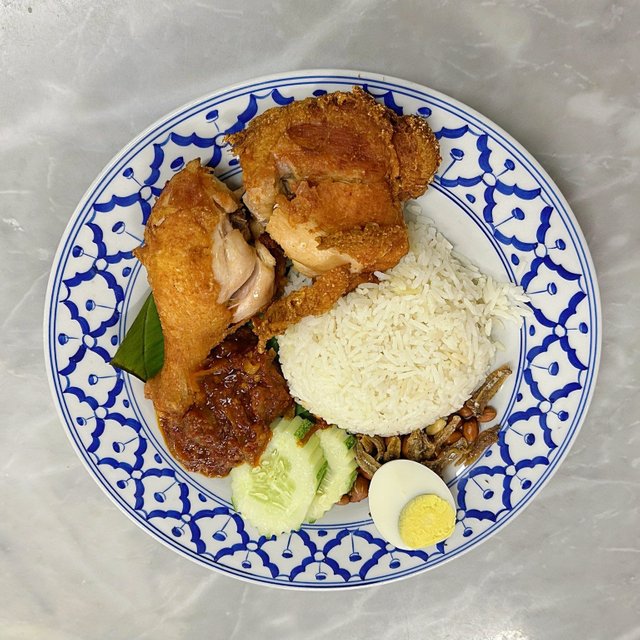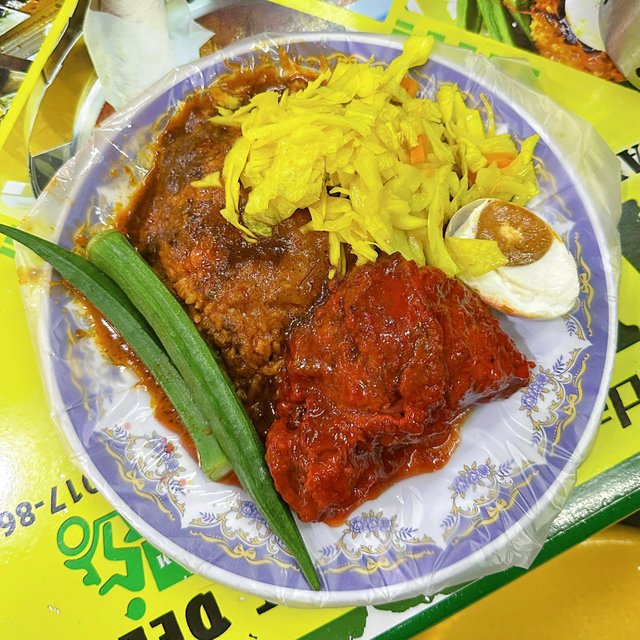Food photography | Daily Photography Challange
Nasi lemak is usually served with a few side dishes: sweet and spicy sambal, cucumber, anchovies, roasted peanuts, and sometimes boiled or fried eggs. Sambal is a must-have component that offers the spicy taste of prawns with a hint of sweetness to balance the fatty nature of the rice.

In some stalls, other side dishes include fried chicken, rendang, prawn sambal, or beef. Unlike some ‘modern’ dishes, nasi lemak is not only delicious but also has a rich cultural and traditional background. People used to prepare and eat it mainly as a food for farmers because it was believed to be rich in nutrients.

Today, nasi lemak is enjoyed across the economic divide from street corner eateries to what chefs creatively put on the menu. So, in short, the core elements are rice, sambal, and the usual side dishes, but nasi lemak is also a cultural icon and a virgin territory for innovation. Indeed, this makes it one of Malaysia’s iconic dishes because it can be plain, but on the other hand, it can also be modified according to the customer’s taste.
